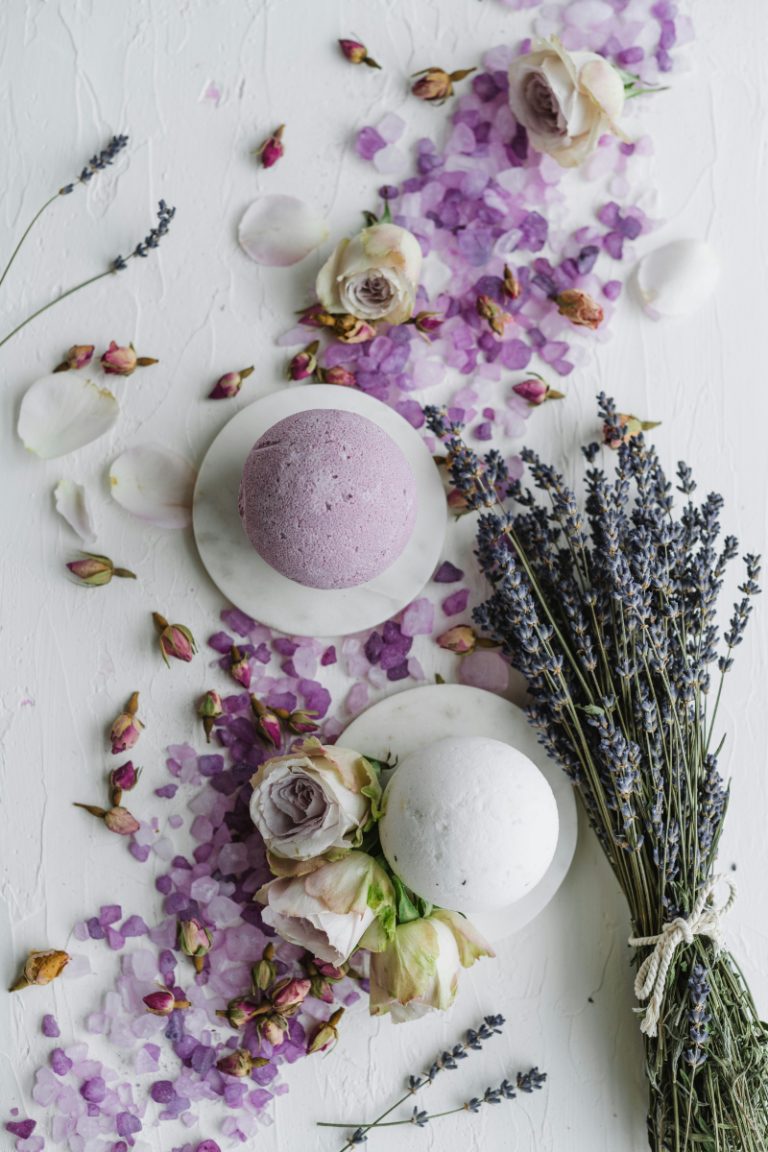
If you’re looking to add a touch of luxury to your skincare routine, rose oil is a great place to start. This fragrant oil is known for its moisturizing and anti-aging properties, making it a popular ingredient in many beauty products. While you can purchase rose oil at many health food stores and online retailers, making your own from dried rose petals is a fun and rewarding DIY project.
Making rose oil at home is surprisingly easy, and requires just a few simple ingredients. To start, you’ll need to gather some dried rose petals. You can either purchase these online or dry your own by spreading fresh rose petals out on a paper towel and leaving them in a warm, dry place for a few days. Once your petals are dry, you can begin the process of infusing them into oil to create your own rose oil. There are a few different oils that work well for this process, including jojoba oil, almond oil, and safflower oil.

Understanding Rose Oil
If you are looking for a natural and fragrant oil that has a variety of benefits, then rose oil may be the perfect choice for you. Rose oil is a concentrated oil that is derived from the petals of the rose flower. It has a sweet and floral scent that is both soothing and uplifting.
Benefits of Rose Oil
Rose oil has been used for centuries for its therapeutic properties. It is known for its ability to reduce stress and anxiety, promote relaxation, and improve mood. In addition, rose oil has antiseptic and anti-inflammatory properties, which make it useful for treating a variety of skin conditions such as acne, eczema, and psoriasis.
Rose oil is also a popular ingredient in many beauty products due to its ability to hydrate and nourish the skin. It can help to improve skin texture, reduce the appearance of fine lines and wrinkles, and promote a more youthful complexion.
Types of Rose Oil Production
There are two main methods of producing rose oil: steam distillation and solvent extraction. Steam distillation is the most common method and involves steaming the rose petals to extract the oil. This method produces a high-quality oil that is pure and potent.
Solvent extraction involves using a chemical solvent to extract the oil from the petals. This method is less common and produces a lower-quality oil that may contain traces of the solvent. It is important to choose a high-quality rose oil that has been produced using the steam distillation method.
In addition to these methods, you can also make your own rose oil at home using dried rose petals and a carrier oil such as jojoba or almond oil. This is a simple and cost-effective way to enjoy the benefits of rose oil.
Preparing Dried Rose Petals
To make rose oil from dried rose petals, you need to start by selecting quality dried petals. Here are the steps you need to follow to prepare your dried rose petals.
Selecting Quality Dried Petals
Not all dried rose petals are suitable for making rose oil. You need to choose the best ones to ensure a high-quality end result. When selecting dried rose petals, look for petals that are:
- Fragrant: Choose petals from roses that have a strong scent.
- Vibrant: Look for petals that are brightly colored and not faded.
- Whole: Avoid petals that are broken or damaged.
- Organic: Choose petals from roses that have not been treated with pesticides or other chemicals.
Cleaning and Preparations
Once you have selected your dried rose petals, you need to clean and prepare them for making rose oil. Here are the steps to follow:
- Rinse the petals: Place the dried rose petals in a colander and rinse them under running water to remove any dust or debris.
- Dry the petals: Pat the petals dry with a clean towel or paper towel. Make sure they are completely dry before using them.
- Crush the petals: Place the dried rose petals in a mortar and crush them using a pestle. You can also use a food processor to crush the petals.
- Store the petals: Place the crushed petals in a clean, airtight container and store them in a cool, dry place until you are ready to use them.
By following these simple steps, you can prepare your dried rose petals for making high-quality rose oil.
The Extraction Process
If you have dried rose petals, you can extract rose oil using various methods. In this section, we will discuss three popular methods of extracting rose oil from dried rose petals.
Solvent Extraction Method
The solvent extraction method involves using a solvent to extract the essential oil from the rose petals. The most commonly used solvent is hexane. Here’s how you can extract rose oil using the solvent extraction method:
- Place the dried rose petals in a jar and pour hexane over them until they are fully submerged.
- Seal the jar and shake it well to ensure that the petals are fully coated with hexane.
- Allow the jar to sit for 24 hours, shaking it occasionally.
- After 24 hours, strain the mixture through a cheesecloth to separate the petals from the solvent.
- Pour the solvent into a clean jar and allow it to evaporate completely. This may take a few days.
- Once the solvent has evaporated, you will be left with the rose oil.
Steam Distillation Method
The steam distillation method involves using steam to extract the essential oil from the rose petals. Here’s how you can extract rose oil using the steam distillation method:
- Place the dried rose petals in a distillation flask.
- Add water to the flask until it is two-thirds full.
- Heat the flask and bring the water to a boil.
- As the water boils, steam will rise and pass through the rose petals, extracting the essential oil.
- The steam will then pass through a condenser, where it will cool and turn into liquid.
- The rose oil will be separated from the water and collected in a separate container.
Enfleurage Technique
The enfleurage technique involves using fat to extract the essential oil from the rose petals. Here’s how you can extract rose oil using the enfleurage technique:
- Spread a layer of fat (such as lard or vegetable shortening) on a glass plate.
- Place the dried rose petals on the fat, pressing them gently into the fat.
- Cover the plate with a piece of glass and seal the edges with a layer of petroleum jelly.
- Allow the plate to sit for several days, allowing the essential oil to be absorbed by the fat.
- Scrape the fat from the plate and place it in a jar.
- Add alcohol to the jar and shake it well to dissolve the essential oil into the alcohol.
- Strain the mixture through a cheesecloth to remove any remaining rose petals.
- The resulting liquid is rose oil.
By using any of these methods, you can extract rose oil from dried rose petals. Choose the method that suits you best and enjoy the benefits of this fragrant oil.
Storing and Using Rose Oil
Proper Storage Methods
To ensure the longevity of your homemade rose oil, it’s important to store it properly. The best way to store rose oil is in a cool, dark place away from direct sunlight. You can use a dark glass bottle with a tight-fitting lid to store your rose oil. This will prevent air and light from degrading the quality of the oil.
It’s also important to make sure that your rose oil is free from any moisture. Moisture can cause the oil to spoil and can also encourage the growth of bacteria. To prevent moisture from getting into your rose oil, make sure that all of your equipment and storage containers are completely dry before use.
Applications of Rose Oil
Rose oil has a variety of uses and can be applied in many different ways. Here are some popular ways to use rose oil:
- Aromatherapy: Add a few drops of rose oil to a diffuser or oil burner to create a relaxing and calming atmosphere.
- Skincare: Rose oil is great for the skin and can be used to moisturize and soothe dry or irritated skin. You can add a few drops of rose oil to your favorite moisturizer or create your own DIY skincare products.
- Haircare: Rose oil can also be used to nourish and strengthen hair. You can add a few drops of rose oil to your shampoo or conditioner or create your own hair oil by mixing rose oil with a carrier oil like coconut or jojoba oil.
- Massage: Rose oil is a popular choice for massage as it has a calming and relaxing effect on the body. You can mix rose oil with a carrier oil like almond or grapeseed oil and use it for a soothing massage.
Overall, rose oil is a versatile and beneficial oil that can be used in many different ways. By storing your rose oil properly and using it in a variety of applications, you can enjoy the many benefits of this fragrant and soothing oil.





